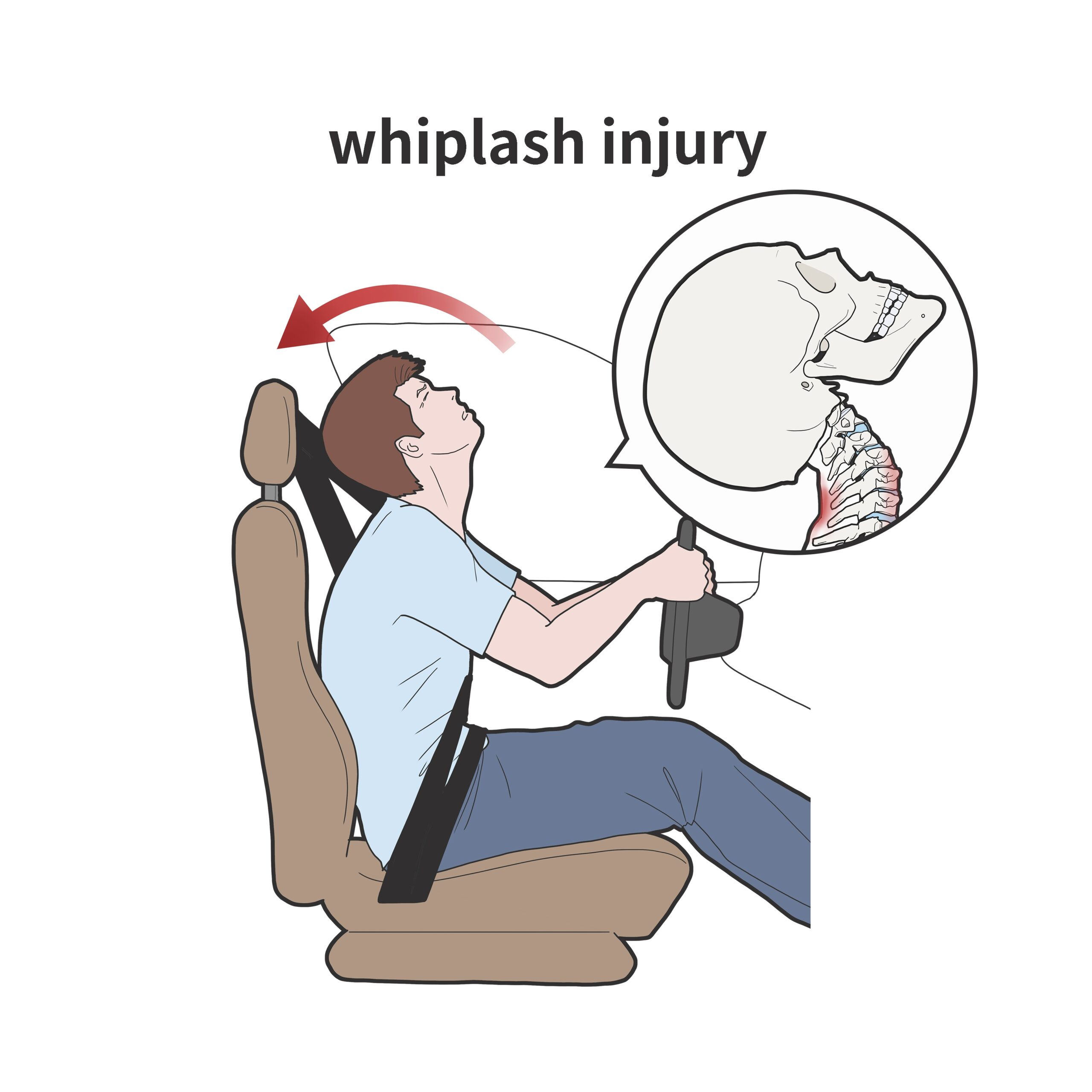In a recent decision, the California Court of Appeals reversed a summary judgment order entered by the trial court against the plaintiff, thereby allowing the plaintiff to proceed with his personal injury action against a cable company. In the case, the plaintiff brought suit against the defendant after he sustained injuries tripping over a cable that had emerged from the ground in his yard. The defendant moved for summary judgment before trial, which the lower court granted on the basis that the defendant did not install the cable at issue, and therefore the defendant had no duty of care to maintain it because it did not have actual or constructive notice of a dangerous condition.
In order to establish liability on a negligence theory in California, a plaintiff must prove duty, breach, causation, and damages. A plaintiff meets the causation element by showing that the defendant’s breach of its duty to exercise ordinary care was a substantial factor in bringing about the plaintiff’s harm. In most cases, causation is a question of fact for the jury.
On appeal, the court held that whether or not the defendant had notice of the allegedly defective condition of the cable was indeed a question of fact reserved for the jury. The court explained that when a plaintiff bases his theory of negligence on the failure to correct a dangerous condition, the plaintiff has the burden to show that the defendant had notice of the defect in sufficient time to correct it. However, the plaintiff need not show actual knowledge if the evidence suggests that the dangerous condition was present for a sufficient period of time to impute constructive knowledge to the owner. The court found that despite the fact that the cable company employees were at the plaintiff’s home three times within 90 days of the accident, and neither they nor the plaintiff saw the exposed cable, the evidence did not conclusively establish that the defendant’s conduct complied with the standard of reasonable care.
The court also addressed the issue of negligence per se, a legal theory that creates a presumption that, if there was a violation of law, the violator was negligent. To establish negligence per se, a plaintiff must show that the defendant violated a statute, ordinance, or regulation of a public entity, the violation proximately caused the plaintiff’s injury, the injury resulted from an occurrence of a kind that the statute was designed to prevent, and the plaintiff was one of the class of persons for whose protection the statute was adopted. The court held that the question of whether or not the defendant violated a California Public Utility Commission regulation should be considered by the fact-finder in determining whether the defendant’s conduct fell below the standard of reasonable care. Accordingly, the court vacated the summary judgment order against the plaintiff and remanded the case.
The San Mateo attorneys at the Law Offices of Galine, Frye, Fitting & Frangos are committed to providing quality legal representation for victims who have suffered injuries as the result of auto accidents, premises liability accidents, or other harm caused by negligent parties. If you or a loved one are seeking legal guidance, schedule a consultation to discuss your injury case with one of our knowledgeable attorneys by calling the Law Offices of Galine, Frye, Fitting & Frangos at 650-345-8484 or contacting us online.
More Blog Posts:
California Court Rules that Injured Victims May Sue City After Pedestrian Accident, San Mateo Injury Lawyers Blog, Published March 8, 2016
California Supreme Court Rules in Favor of Plaintiffs in Suit Based on Dangerous Condition of Public Property, San Mateo Injury Lawyers Blog, Published December 29, 2015
Plaintiff Prevails on Appeal in California Personal Injury Case


